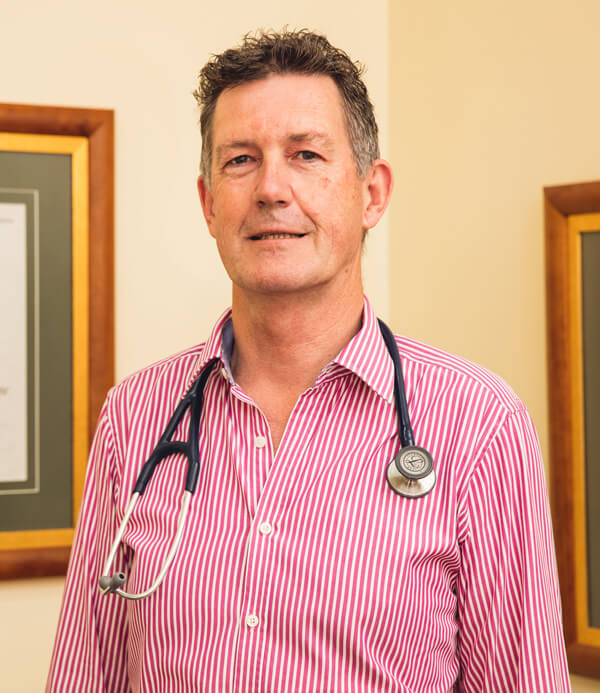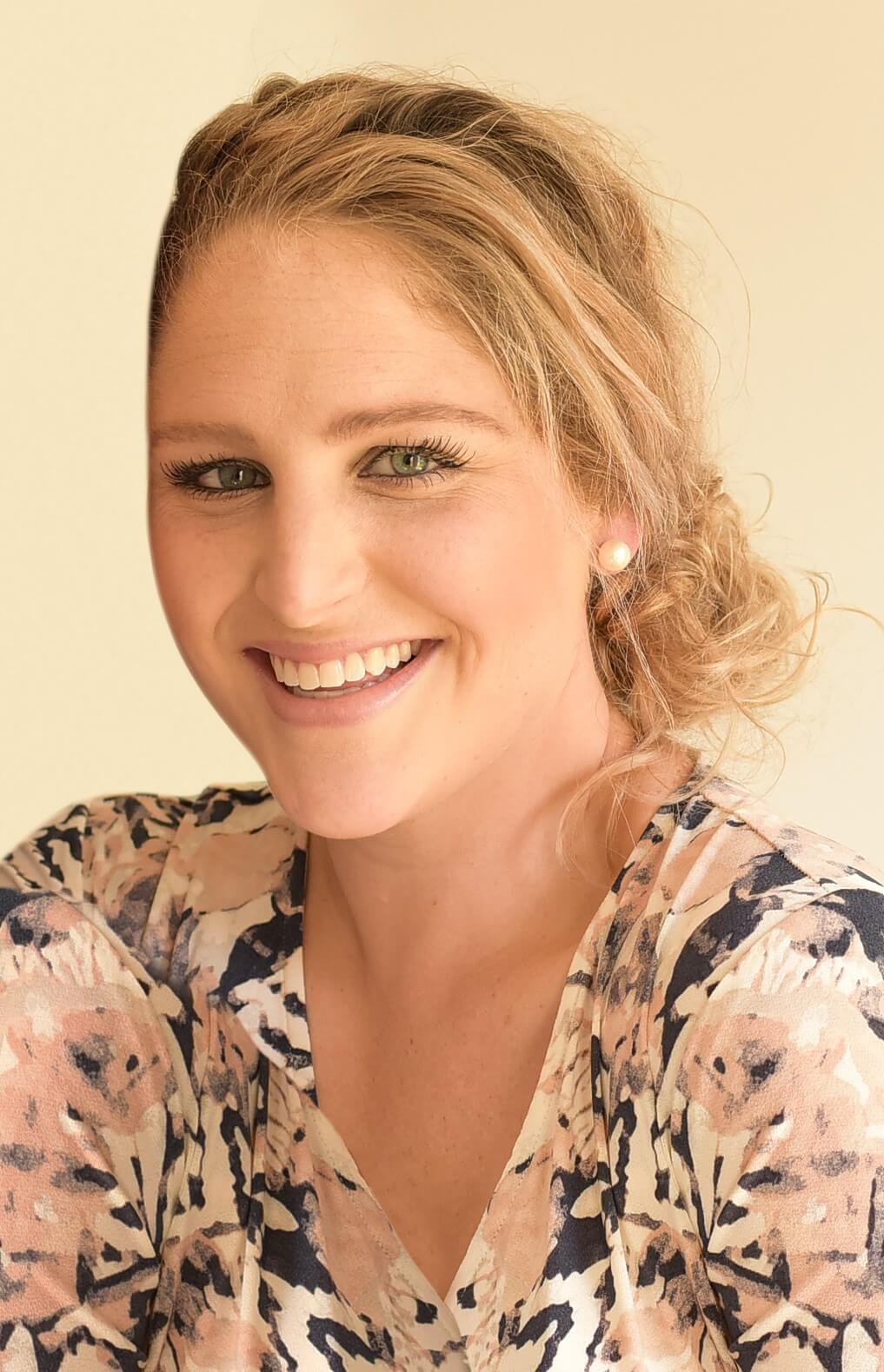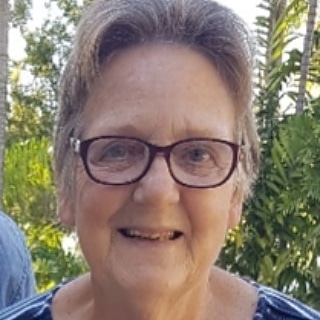A Victorian-based doctor and pharmacist team is driving PSA’s GP-Pharmacist Collaborative Prescribing advocacy campaign with a pilot program proposed to address the urgent workforce crisis currently facing regional, rural and remote health care.
PSA has put forward a Budget submission for $2.9 million in funding over 4 years to establish a GP-Pharmacist Collaborative Prescribing Pilot extended across five clinics in rural and regional areas.
Ontario Medical Clinic, a practice in Mildura, north-west Victoria, has been hit hard by workforce shortages.
The practice lost three full-time GPs in a 6-month period, reducing capacity by 625 appointments per week. Waiting periods, which were already 2–3 weeks, are now 4–5 weeks for many patients.
Ontario GP Dr Philip Webster, who has worked in general practice for 40 years, said workforce shortages are a fact of life in rural communities. But the issue has now come to a head.

Pre-COVID, gaps in rural and remote health care were largely filled by overseas-trained graduates. But border closures meant those roles have been left unfilled.
GP pharmacist Brooke Shelly MPS, who has been at Ontario for more than three years, said the clinic lost two practitioners who had come from overseas to work in Australia.
‘Because their families are in Sydney and Melbourne, the border closures meant they went almost 12 months without seeing [them], so ultimately they made the choice to go back to the city,’ she said.
Registrars are also increasingly hard to lure outside larger centres. ‘We have two at the moment, but we’ll lose them at the end of the year,’ Ms Shelly added.
Besides the difficulty attracting new doctors, existing GPs are on the brink of burnout and are retiring earlier than expected.
‘There are no other GPs in our region taking on new patients,’ Ms Shelly said.
‘This has only recently been compounded by the closure of the Tristar Medical Clinic in our region, leaving an estimated 15,000 patients without a regular GP.’
Patients are suffering
With five of Ontario’s nine GPs away one day last week, Ms Shelly said many of the medicine-related inquiries fielded by reception were within her skill set to address. But because of current policy barring pharmacist prescribing, her hands were tied.
‘These patients are instead going to delay care, present to our already bursting Emergency Departments or worse, go without any care at all,’ she said.
Although medicines for chronic conditions are often issued with five repeats, Ms Shelly said many patients struggle to manage their medicines – particularly those on five or more medications.

‘They’ll get to within a couple of days and realise they don’t have a repeat,’ she said.
Patients who are on long-term opioids are particularly under strain. ‘We can’t write [opioid] prescriptions for 6 months. These scripts are often for 1 week, up to a month,’ she said.
Without their medicine, there is a risk these patients might turn to illicit drugs or be left in a considerable amount of pain with nowhere to turn, Ms Shelly warned.
Pharmacists can do more
As GP pharmacists are already embedded in the GP clinic, they have access to patient history and can do more to alleviate pressure on GPs.
‘We’re in the practice with the GP, we have access to the entire patient history and we don’t dispense medicines, so the community pharmacist still does the final check,’ she said.
Despite being an expert in medication management, Ms Shelly is frustrated that she is limited to educating GP registrars and assisting fellow GPs in their prescribing choices.
‘There is no doubt GP pharmacists have the skills to prescribe safely. That’s all patients want,’ she said.
The proposed GP-Pharmacist Collaborative Prescribing Pilot is targeted to patients with chronic diseases who are known to the practice.
The aim is not to enter the diagnostic space, but to practise to full scope in the medicine management space, Ms Shelly said.
‘Almost 50% of appointments in general practice are for the management of existing conditions, [which have] already been diagnosed by GPs,’ she said.
‘Having GP pharmacists write repeat prescriptions, increase or decrease the dose of an existing [medicine], change [medicine] management for an existing diagnosis and send for pathology to assist in management will give GPs more time for thorough investigations, differential diagnosis, and [management of] acute issues and complex patients.’
Patients are on board
Bronwen Walker has been a patient at Ontario Medical Clinic for decades. She has fibromyalgia, ankylosing spondylitis, a pinched nerve in her sacroiliac joint and osteoarthritis.
Ms Walker takes multiple medicines to treat her conditions, including pregabalin, methotrexate, sulfasalazine, spironolactone, rabeprazole, candesartan, atorvastatin and fortnightly adalimumab injections.
As an ex-accountant, she documents all her medicines, doses and adverse effects on a spreadsheet. Despite her organisational prowess, it can be difficult to keep track of everything.

‘If suddenly I realise a script’s done, then I’ve got to make an appointment,’ she said.
‘There’s a 3–4 week wait to see my doctor, so it would be so much easier if I could ring Brooke to get her to just do repeat ones.’
Ms Walker said it’s very ‘handy’ having access to Brooke, especially when she can’t get an appointment with her GP.
‘For instance, we’ve got a son in Townsville and my fifth COVID-19 shot was due when I was up there during the winter,’ Ms Walker said.
‘I went to a [pharmacist] but I was worried what information they would want to know. Brooke supplied all of that so I could show them.’
Ms Walker trusts her GP pharmacist to manage her medicines and attend to any adverse effects.
For example, after she experienced dizziness, drowsiness and blurred vision from using pregabalin, Ms Shelly suggested changing the timing of the doses.
‘I was taking 100 mg in the morning and 50 mg at night. Brooke suggested we do the reverse to reduce the effect and that worked to a certain extent,’ she said.
Ms Shelly also advised Ms Walker against receiving the Zostavax vaccine due to her taking immunosuppressant medicines, and organised for a Shingrix vaccination instead.
Changing workforce models
Increasing the scope of an already committed workforce is the future for rural and remote health care, said Dr Webster.
‘There is a strong community of professionals, both in pharmacy, nursing and allied health, working in rural communities and committed to our long-term residents,’ he said.
‘Developing bridges between the various practitioners [would] leverage a more efficient service for patients and greater interactive support between practitioners.’
Dr Webster has seen this first-hand through Ms Shelly’s impact on the practice, which has contributed enormously to the efficiency and outcomes of internal systems and pathways for chronic disease management.
‘Having a pharmacist’s trained eye over existing practice and sometimes inherited [medicine] combinations has seen a marked improvement in efficacy and safety for patients, providing both retrospective and prospective changes to practice and prescribing,’ he said.
For example, Ms Shelly’s medicine expertise allows her to wade through the advances in diabetes therapies.
‘Focusing on which [medicines] are the most appropriate for which patient with diabetes is very helpful,’ Dr Webster said.
Echoing Ms Shelly, he thinks increasing pharmacists’ scope of practice would allow GPs to focus more on diagnostics.
‘Chronic disease management, much of which is routine with some adjustments if necessary, can be done perfectly adequately by a [GP] pharmacist,’ Dr Webster said.
‘That gives the GP capacity to do the diagnostic workup of more patients [who] are knocking on our door and ringing up every day desperate for help,’ he said.






 ‘We’re increasingly seeing incidents where alert fatigue has been identified as a contributing factor. It’s not that there wasn’t an alert in place, but that it was lost among the other alerts the clinician saw,’ Prof Baysari says.
‘We’re increasingly seeing incidents where alert fatigue has been identified as a contributing factor. It’s not that there wasn’t an alert in place, but that it was lost among the other alerts the clinician saw,’ Prof Baysari says.





